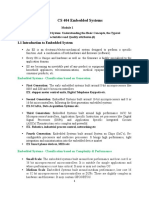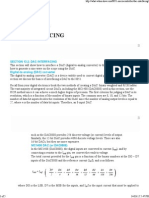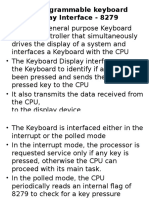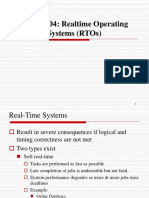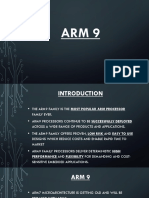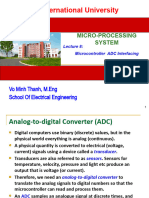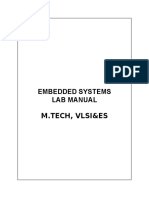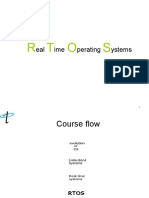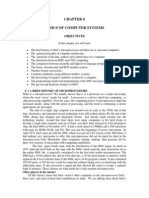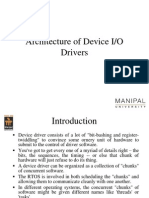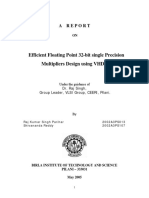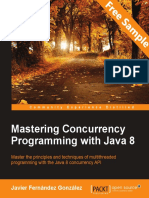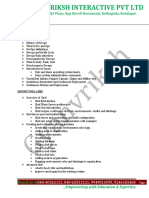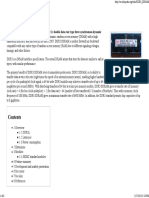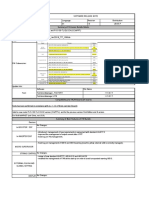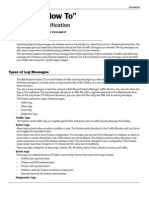100% found this document useful (1 vote)
285 views9 pagesChapter - 10 - RTOS - Device Driver
Dhdidnbsshshhsshshdbd aisiz so and B's atha sha sts again start again scs SF SFS vs scsysfs SFS SFS sat affairs ya systems be sy SFS stststsysgs so it's supposed she's system specific su ssiisht
Uploaded by
Suhas MathapatiCopyright
© © All Rights Reserved
We take content rights seriously. If you suspect this is your content, claim it here.
Available Formats
Download as PPT, PDF, TXT or read online on Scribd
100% found this document useful (1 vote)
285 views9 pagesChapter - 10 - RTOS - Device Driver
Dhdidnbsshshhsshshdbd aisiz so and B's atha sha sts again start again scs SF SFS vs scsysfs SFS SFS sat affairs ya systems be sy SFS stststsysgs so it's supposed she's system specific su ssiisht
Uploaded by
Suhas MathapatiCopyright
© © All Rights Reserved
We take content rights seriously. If you suspect this is your content, claim it here.
Available Formats
Download as PPT, PDF, TXT or read online on Scribd
/ 9












